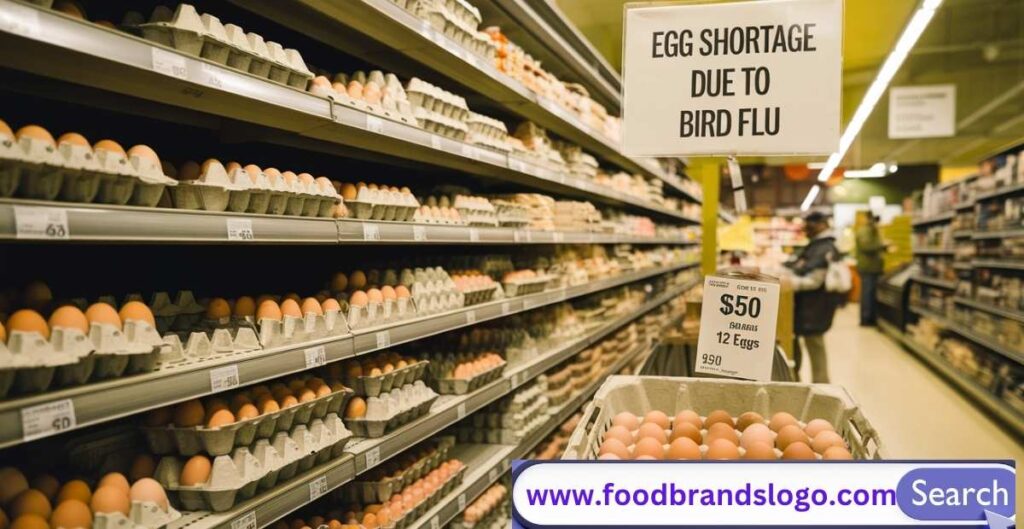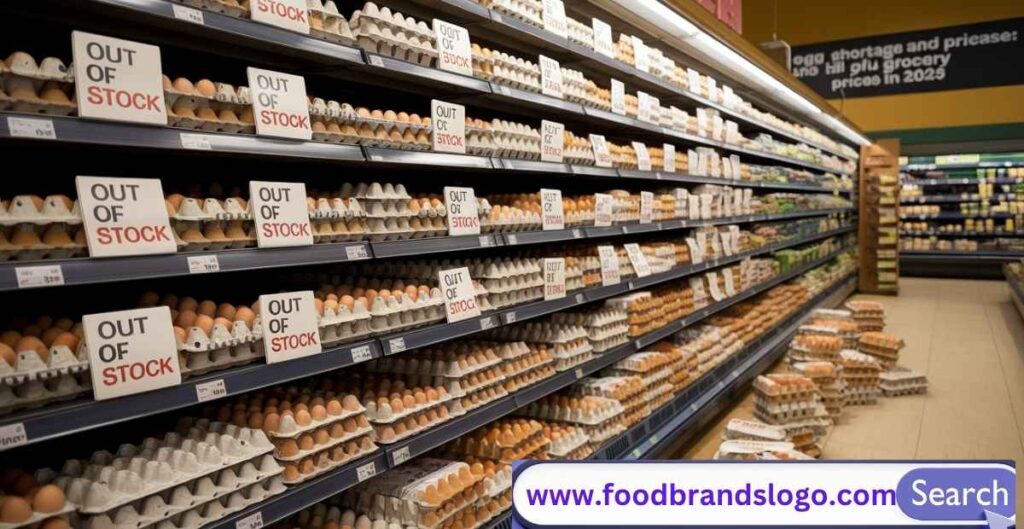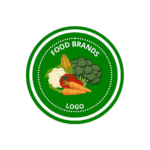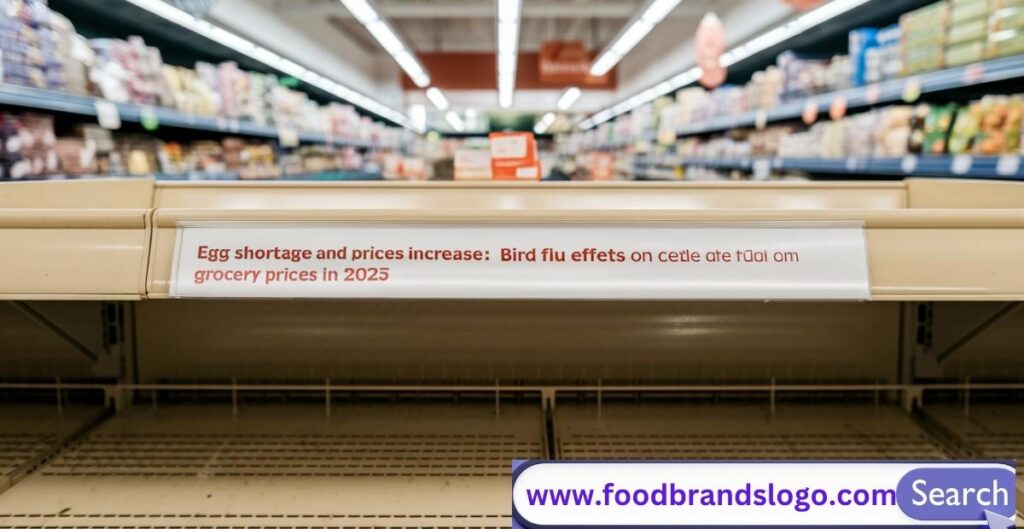Introduction
Have you just gone to your neighborhood grocery shop and discovered that the shelves where the eggs used to be now empty, or worse, that the prices have doubled every week? is it Bird Flu Effects?
You’re not by yourself.
The food supply chain has been impacted by a spike in avian flu epidemics in 2025, with eggs being one of the most severely affected products. The impact is being seen in grocery budgets and morning routines in both busy cafes and suburban households.
However, what is the true cause of the egg price increase? How severe is the shortage of eggs, and when will everything be back to normal?
This post will explain the consequences of avian flu that are causing this crisis, look at how supermarket shopping is changing in Washington and elsewhere, and provide practical advice on how to deal with the scarcity of eggs. Let’s get started!
The Impact of Avian Influenza

The heart of the current crisis is a disease that’s been around for decades—avian influenza. But this time, it’s hitting harder and spreading faster than ever before.
Spread of Bird Flu and the Egg Shortage
Although bird flu, or Highly Pathogenic Avian Influenza (HPAI), is not a novel disease, the outbreak in 2024–2025 is one of the most severe to date. The virus is spread to commercial and home chicken flocks by wild birds, particularly migratory species. It spreads quickly after introduction, particularly in farms with a high population density.
Even if just a small number of birds test positive, farmers are nevertheless required to eliminate whole flocks. This stops production for months and gets rid of hens that lay eggs. In the United States, verified HPAI instances have resulted to the slaughter of millions of hens as of mid-2025.
The outcome? a sharp decline in egg production, as well as a rapidly growing scarcity of eggs in places like California, Colorado, and most significantly, Washington.
Devastating Losses Across the Poultry Industry
In the first half of 2025, more than 1.5 million birds were killed in Washington State alone. The biggest culling efforts in decades took place in Franklin, Thurston, and Benton counties. This year wasn’t simply a bad one for a lot of small and mid-sized farmers; it was a total collapse.
Farmers are not the only ones affected economically. Grocery chains, logistics firms, packaging suppliers, and the poultry sector have all been negatively impacted. The present egg shortage has been especially difficult and protracted due to a series of losses.
Egg Prices Soar in Washington Amid Worsening Egg Shortage
If you live in Washington, you have probably noticed a sharp increase in the cost of eggs. Depending on your zip code, a dozen big Grade-A eggs that used to cost $2.49 now cost $6.89 or more.
Weekly restocking problems have been observed by Seattle supermarket stores, with eggs frequently running out within hours. To stop hoarding, some businesses have even set purchase limitations.
Here is a brief summary of the most recent modifications:
Seattle: Between February and June 2025, prices increased from $3.20 a dozen to $6.80.
Olympia: According to local farmers markets, they sell out every day before midday.
Eastern Washington: For days, some stores don’t get any supplies at all.
Price increases are inevitable due to the restricted availability, rising feed, shipping, and biosecurity expenses, even though demand is still high.
Why This Outbreak Is Different
Unlike past bird flu events, this one is hitting from multiple directions—biology, climate, and global trade—and its timing couldn’t be worse.
A Case Study: Franklin County Outbreak
Eastern Washington’s Franklin County became the epicenter of a particularly severe strain of avian flu. One commercial egg farm reported symptoms in 20% of their chickens in March 2025. More than 500,000 birds were killed in a span of 72 hours.
What was special about this outbreak?
Rapid spread: The virus was unable to be contained within a single barn despite biosecurity precautions.
Wild bird link: The virus is thought to have originated from the thousands of migratory ducks that inhabited nearby marshes.
Economic blow: More than 10% of Washington’s eggs came from the farm, which also employed 120 people.
This case illustrates how vulnerable even well-run businesses can be and explains why Washington’s egg crisis is so severe.
Health and Safety During the Bird Flu Crisis

Many people are wondering if eggs are still safe to eat in light of the recent stories about bird flu.
Yes, but proceed with caution.
The CDC and USDA claim that the avian flu virus cannot withstand adequate cooking. This implies that your eggs are safe to eat as long as they are cooked to a firm white and yolk (approximately 160°F or 71°C).
Safe Egg Handling Tips
- Buy refrigerated eggs only and check expiration dates.
- Don’t consume raw or undercooked eggs (no runny yolks).
- Wash hands and surfaces after handling eggs.
- Store eggs in the coldest part of your fridge, not the door.
If an egg smells off or has a weird texture, discard it—don’t take chances.
The Nutritional Importance of Eggs
One of nature’s most portable food sources is eggs. They are rich in choline, a nutrient that is critical for brain function, high-quality protein, and important vitamins including B12 and D.
Prices aren’t the only things that suffer during a shortage, though. Particularly in families that depend on eggs as a daily supply of protein, nutritional deficits start to appear.
Coping Strategies for Maintaining Nutrition
If you can’t find or afford eggs, here are smart, healthy alternatives:
- Greek yogurt: High protein, rich in calcium
- Tofu: Great for cooking or breakfast scrambles
- Quail eggs: Pricier, but still available in specialty stores
- Legumes: Beans, lentils, and chickpeas provide protein and fiber
- Chia seeds: High in omega-3s and protein
- Cottage cheese: Great for breakfast or snacking
You can also cut down on egg usage in recipes. For example, use applesauce or mashed banana in baking to replace eggs.
What’s Next for Egg Prices in Washington?
Regretfully, there isn’t a definite end in sight. While novel containment strategies are being attempted, Washington Animal Disease Diagnostic Laboratory experts predict that migrating bird patterns will probably continue to feed smaller outbreaks all year long.
Key Factors to Watch:
- Containment efforts: How fast the state can isolate new cases.
- Wild bird migration: Fall 2025 could bring another viral wave.
- Consumer behavior: Panic buying makes shortages worse.
- Government support: Subsidies and aid for affected farmers could ease supply gaps.
If current trends continue, egg prices in Washington could peak in late 2025 before stabilizing in early 2026.
Tips for Consumers Dealing with the Egg Shortage
It’s a tough time to be an egg lover—but there are ways to make it easier.
Smart Shopping Tips
- Buy early in the day: Stores often restock in the morning.
- Check local farms: Some may still have eggs even when big chains run out.
- Be flexible: Don’t insist on large Grade-A eggs—try medium or other types.
- Avoid hoarding: It hurts supply and raises prices.
Storage Hacks
- Keep eggs cold and avoid temperature fluctuations.
- Don’t wash store-bought eggs—this removes their protective layer.
- Use egg cartons to track dates and keep moisture out.
Being a smart shopper can make a big difference in managing through this shortage.
Popular Foods and Groceries in Washington Affected by the Crisis
Bird flu and its aftereffects are not limited to eggs.
Local eateries and quick food restaurants like KFC and Starbucks are changing their menus by substituting powdered egg mixes or egg-based breakfast bowls.
Premade foods like egg sandwiches, quiches, and salads with a lot of mayo have also witnessed price increases or been temporarily removed from grocery stores.
Alternative Choices and Adjustments by Restaurants and Grocers
Restaurants are getting creative:
- Using more plant-based eggs (like JUST Egg)
- Offering breakfast bowls with avocado or beans instead
- Promoting meat and veggie-based brunch dishes
Some grocers are expanding their partnerships with local egg farms and Pacific Northwest specialty providers, offering pre-orders or CSA boxes that include eggs, when available.
Conclusion
The quick spread of bird flu, devastating farm losses, and a disrupted food supply chain are the main causes of the 2025 egg crisis, which is more than just a minor annoyance. With growing costs, shop shortages, and irate customers, Washington has been particularly badly struck.
However, there are bright spots. You may still maintain a healthy diet and make wise food choices by being aware, changing your habits, and buying from local vendors.
Being a wise consumer and adaptable cook can help you get through this crisis—and perhaps even find some new favorites along the way—as farmers and health officials continue to combat the ravages of avian flu.
FAQs
Why are egg prices so high in 2025?
Egg prices have surged due to widespread outbreaks of bird flu, which have decimated egg-laying flocks across the U.S., especially in states like Washington.
Are eggs safe to eat during a bird flu outbreak?
Yes. When properly cooked (both yolk and white firm), eggs are safe to eat. Always handle and store them properly.
When will the egg shortage end?
Experts predict the shortage could last into early 2026, depending on how successfully new outbreaks are contained.
What can I use instead of eggs in recipes?
Great alternatives include Greek yogurt, mashed banana, applesauce, chia seeds, and tofu—depending on the recipe.
Where can I find eggs during the shortage?
Try local farmers markets, neighborhood farms, specialty grocers, or CSA programs. Avoid panic buying to help maintain fair supply for all.

